
“Staying in your own home as you grow older is called ‘aging in place,'” the National Institute on Aging says.
A recent survey by the National Association of Home Builders confirms the importance of that goal for older Americans. Of the 198 remodelers who responded, 63% said that their companies were doing home modifications to help clients age in place.
Following are the most popular home upgrades remodelers are doing to help people age in place.
10. Expand main-floor half-bath into full bath
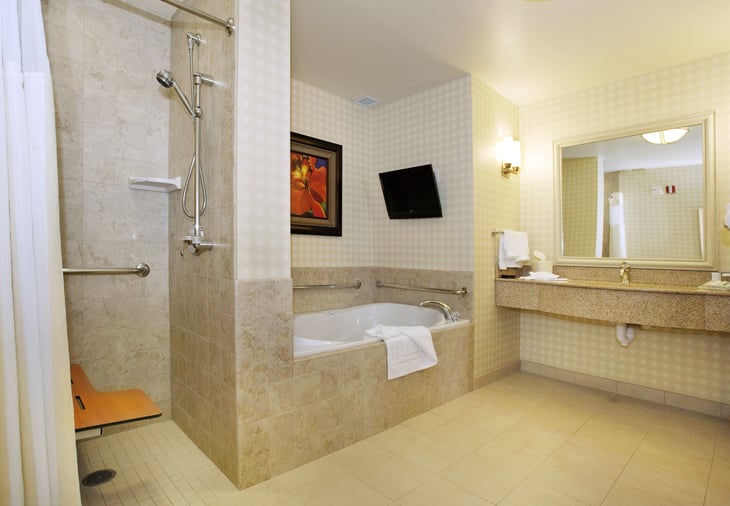
Builders performing this type of aging-in-place remodeling project: 29%
A half-bath is a bathroom with a toilet and sink but without a shower or tub. A powder room, in other words.
Converting a half bath to a full bathroom adds function to your home and may make bathing more accessible if your shower or tub is upstairs. And a couple who’ve shared a bathroom for years now can spread out and live with more ease.
9. Install nonslip floors
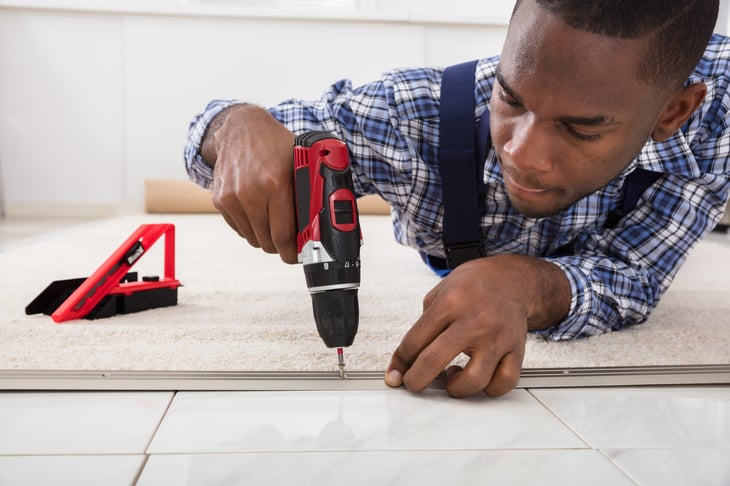
Builders performing this type of aging-in-place remodeling project: 35%
Why do some of these upgrades get so much attention? In a word: Safety. When you are younger, a fall for the most part isn’t life-threatening. But falls are the leading cause of injury-related death among Americans 65 and older.
When planning renovations, avoid flooring materials that are slippery when wet. Natural stone floors, ceramic and porcelain tile floors are potentially hazardous, as are wide grout joints and uneven tiles, according to Flooring America, an association of independently owned flooring stores.
So, what works best? Rubber flooring is tops for stability, the association says. Cork flooring is another good bet. Vinyl and carpet, two time-tested materials, also can be safer options when installed correctly.
8. Add ramps or lower thresholds
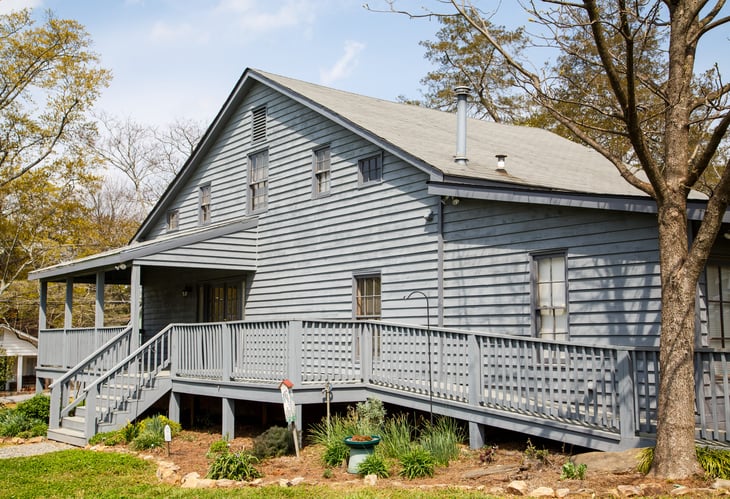
Builders performing this type of aging-in-place remodeling project: 42%
Adding ramps outdoors and lowering bumpy thresholds — both indoors and out — eases access for someone using a wheelchair, cane or walker. It also helps people who have difficulties with pain or difficulty moving their joints.
If you need a ramp and find the expense off-putting, look for a community program — a local nonprofit Habitat for Humanity organization, for example — that helps with affordable home repairs and modifications for aging in place.
If you are concerned that adding a ramp to your home’s exterior might lower its sale value, consider buying a ramp that’s easily removed.
7. Add new, full bath on the main level
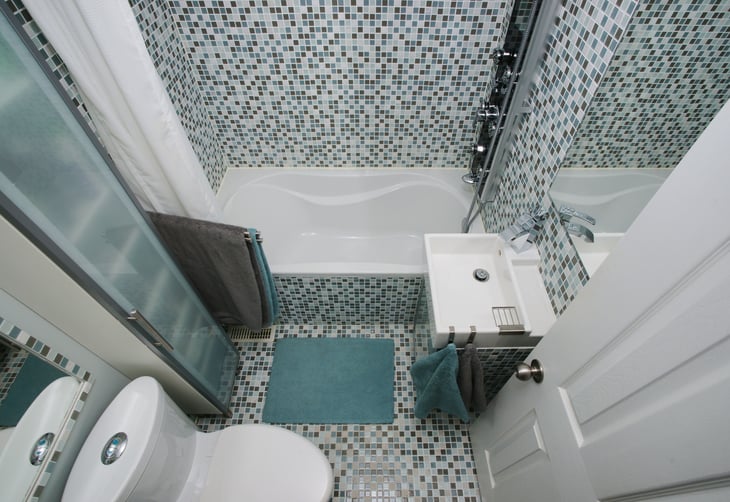
Builders performing this type of aging-in-place remodeling project: 42%
Many of the builders surveyed by the NAHB responded that they’d added a full main-level bathroom for clients.
Remodeling Magazine’s 2023 Cost VS Value report examines the costs and likely return from projects like this. A new, 6-by-8-foot bathroom addition considered midrange (neither inexpensive nor luxury-level) costs roughly $57,000, the report finds. Your own experience will hinge on costs and conditions where you live.
The new bathroom could add roughly 30% of its cost to the home’s value, the report estimates.
6. Add bedroom on entry level
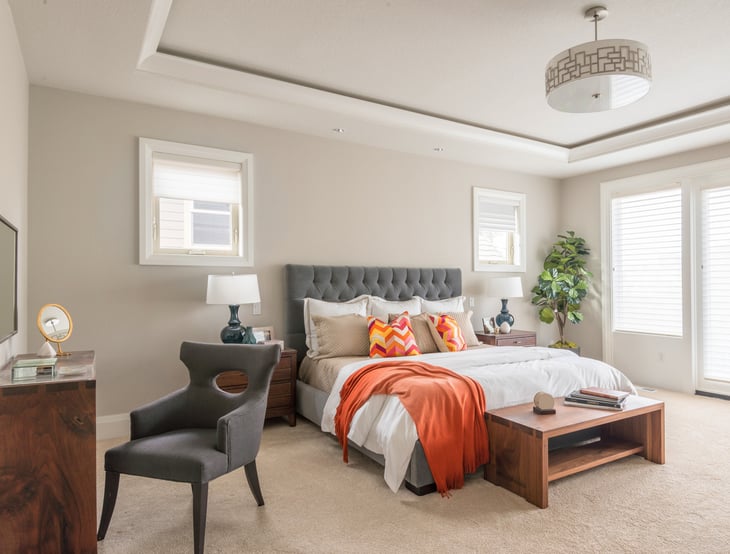
Builders performing this type of aging-in-place remodeling project: 42%
Adding a bedroom to the main floor of your home could let you welcome older parents or adult children into your home, or make a home more spacious and comfortable for aging in place.
5. Add lighting or task lighting
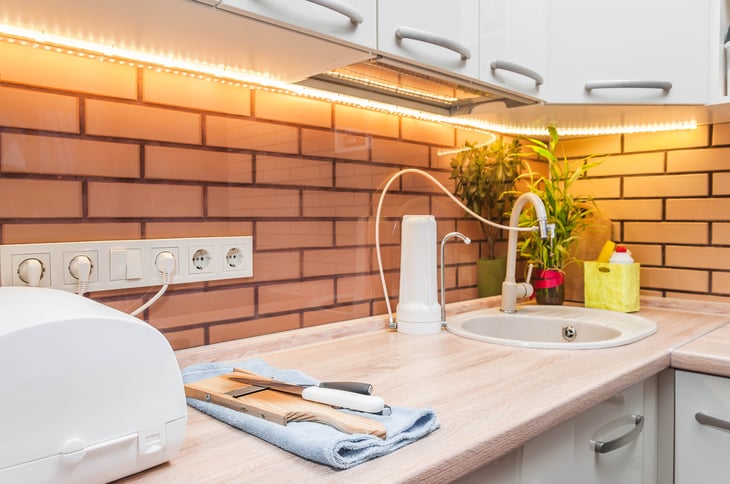
Builders performing this type of aging-in-place remodeling project: 49%
Updating home lighting isn’t as sexy an upgrade as adding a bedroom or bathroom. But, oh, boy, can it make a difference. Eye problems and weaker vision often come with aging, the Cleveland Clinic says. Lighting that has worked fine in years past becomes inadequate.
Adding lighting makes a home safer to navigate. You can keep a night light for safety in halls and bathrooms; inexpensive lights or lighting strips brighten up a home when installed along stairs and under cabinets.
The Cleveland Clinic suggests swapping brighter bulbs into existing fixtures and lamps as well as adding new light where you didn’t have them before. (Be sure that a new bulb doesn’t exceed a fixture’s maximum wattage rating.)
4. Widen doorways
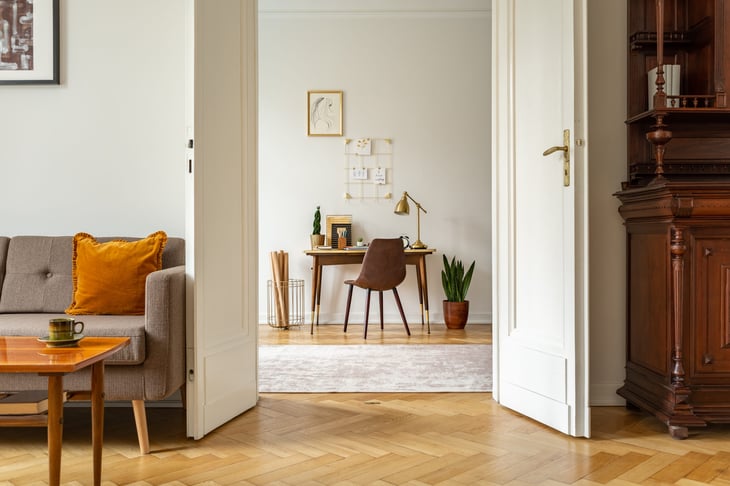
Builders performing this type of aging-in-place remodeling project: 63%
People who use wheelchairs, walkers or canes to get around may require more room to get through than a standard doorway allows.
If you are building a home or adding onto one, widening the doorways is a good proactive move for everyone. If you don’t need the accommodation now, you may well want it later.
Bob Vila explains standard and expanded door dimensions and tells how to work with local building codes when widening a door.
3. Install higher toilets
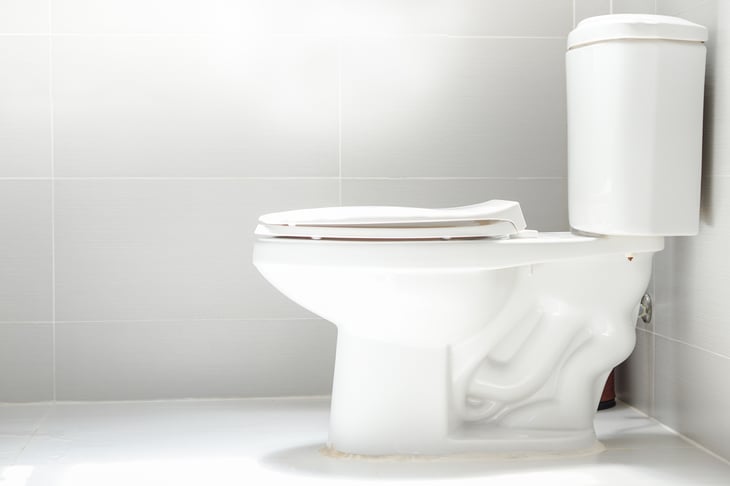
Builders performing this type of aging-in-place remodeling project: 77%
A taller toilet seat can make sitting and rising easier in case of muscle weakness or painful and stiff joints.
If a new toilet is financially out-of-reach, you might buy a raised toilet seat, suggests the Cleveland Clinic. Here are a few at Home Depot. Also, local nonprofits in your area may have toilet seat risers to lend or give.
“Standard toilet seat height is 15 inches but increases to 19 inches in comfort-height models,” according to Progressive Design Build.
2. Install a curbless shower
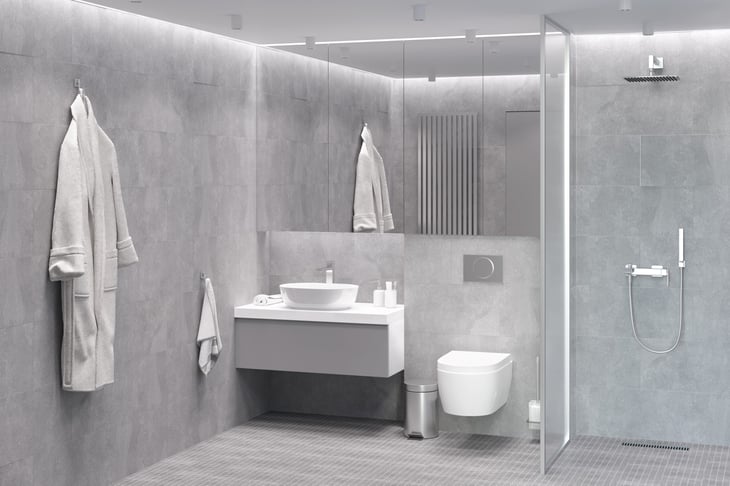
Builders performing this type of aging-in-place remodeling project: 83%
It can be difficult for younger, more mobile people to take in just how dangerous a fall can be for elders. “For older people, a broken bone can also be the start of more serious health problems and can lead to long-term disability,” says another report by the National Institute on Aging.
Entering the shower can be dangerous if you’re unsteady on your feet or using a walker or wheelchair. That’s where popular curbless (or “zero-threshold”) showers come in. The raised shower curb or lip is eliminated. Nonslip mats can also help.
“This style of shower doesn’t even necessarily need a door, as you can design the floor to have a slight angle to slope toward the drain,” explains Better Builders, a Seattle-area home construction and remodel company.
1. Add grab bars
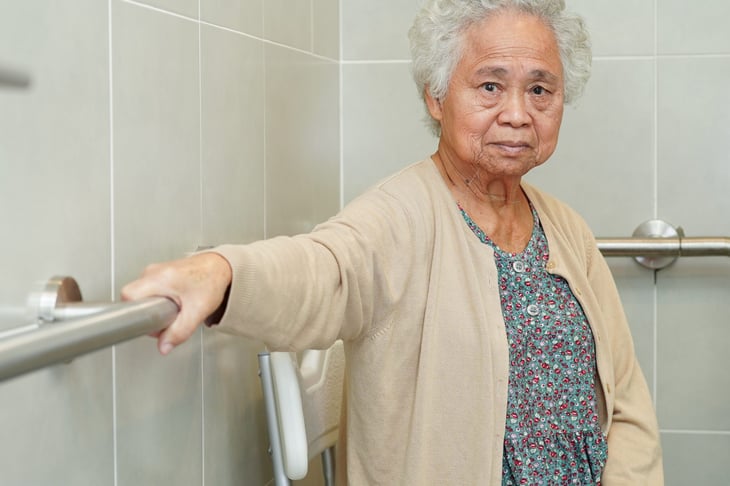
Builders performing this type of aging-in-place remodeling project: 93%
Installing grab bars is the No. 1 aging-in-place improvement that builders told the NAHB they’ve done for clients.
Also called grab rails, they are installed on walls inside and outside tubs and showers and next to toilets so that users have something to hold tightly to while moving safely, in, out, on and off. Grab bars also are available for door frames.
If you are thinking of installing them yourself, do careful research on correct location and installation. Grab bars must, for example, be anchored to wall studs, says Home Depot’s installation guidelines.





Add a Comment
Our Policy: We welcome relevant and respectful comments in order to foster healthy and informative discussions. All other comments may be removed. Comments with links are automatically held for moderation.